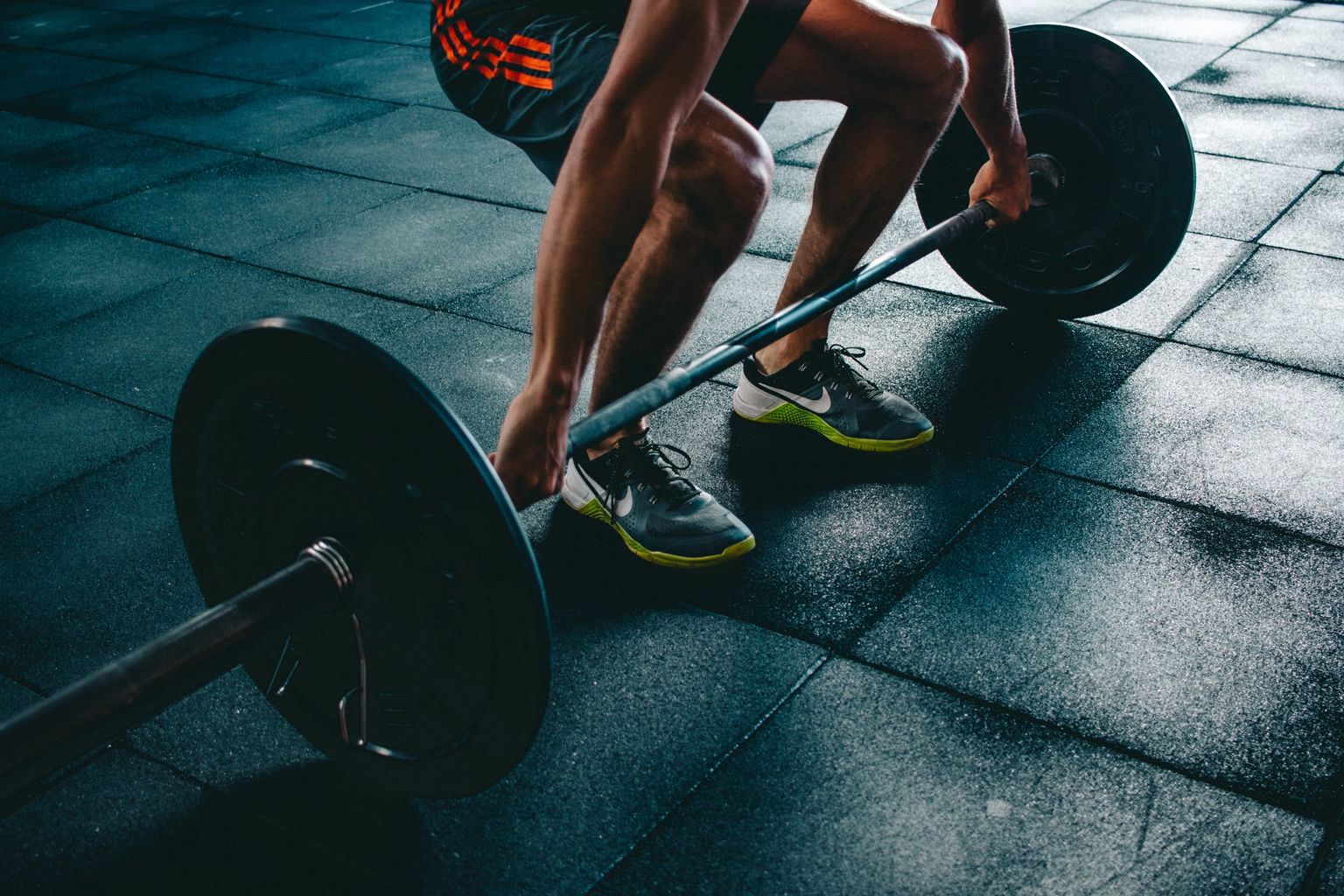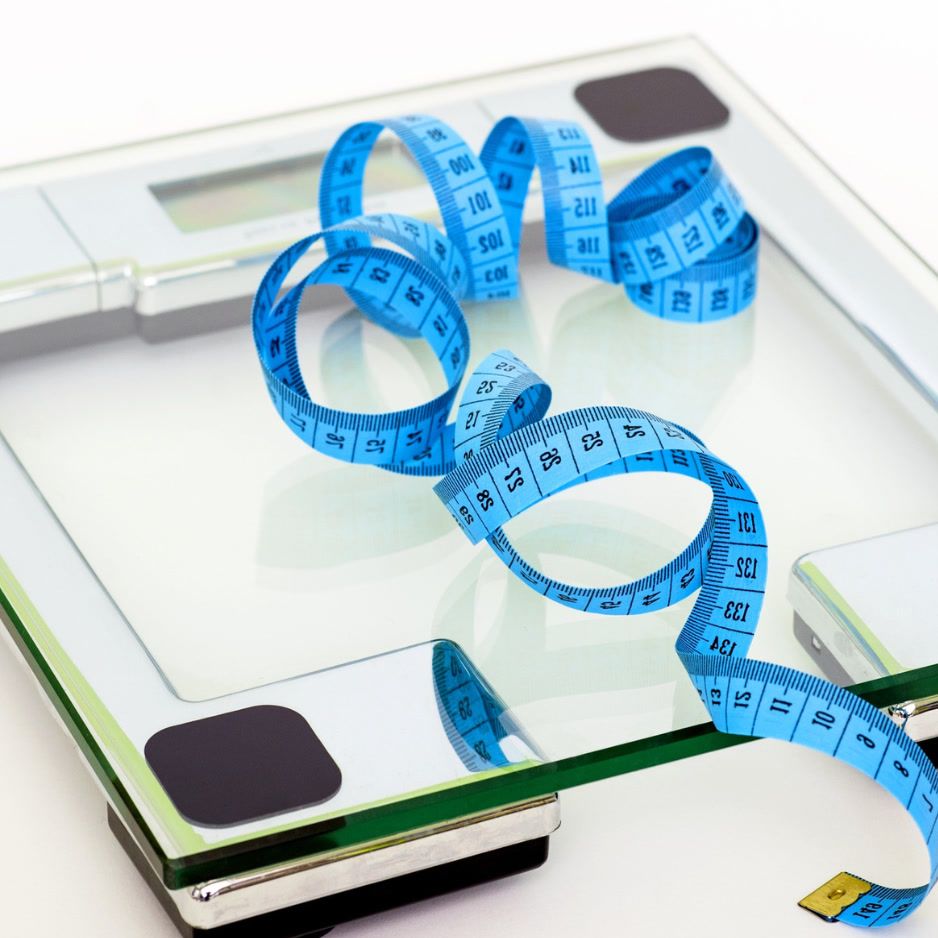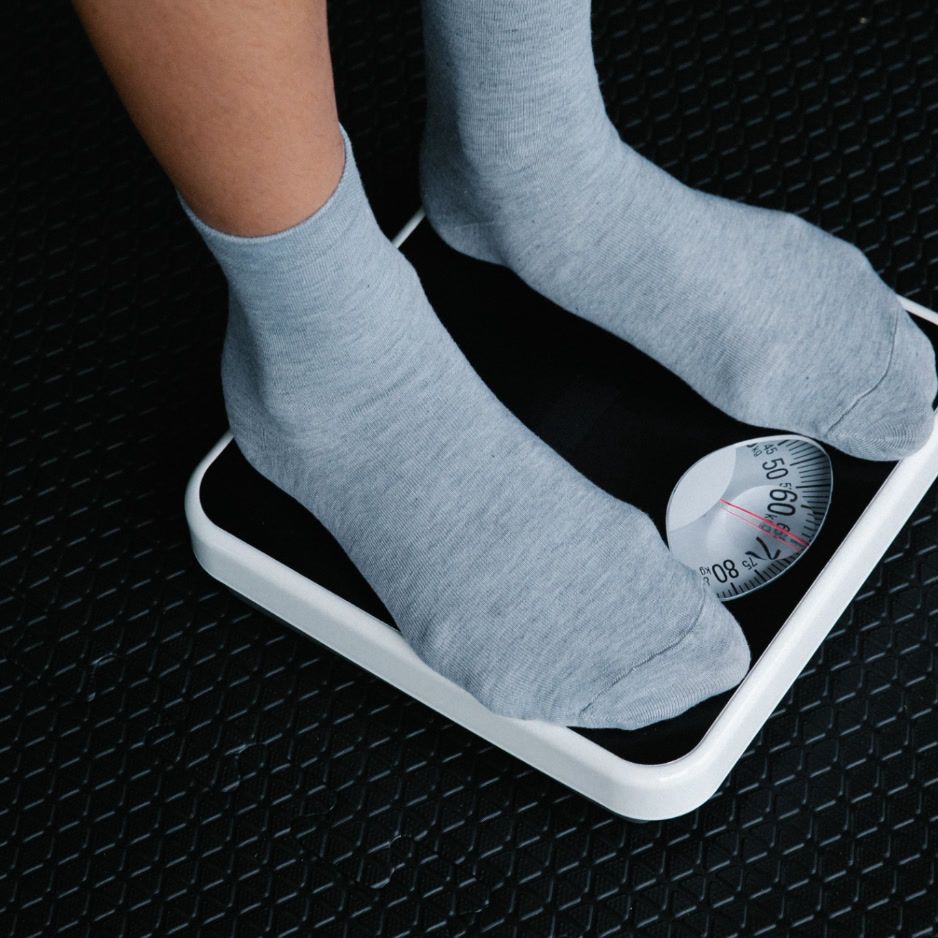Body Roundness Index (BRI): A Geometry-Based Alternative to BMI
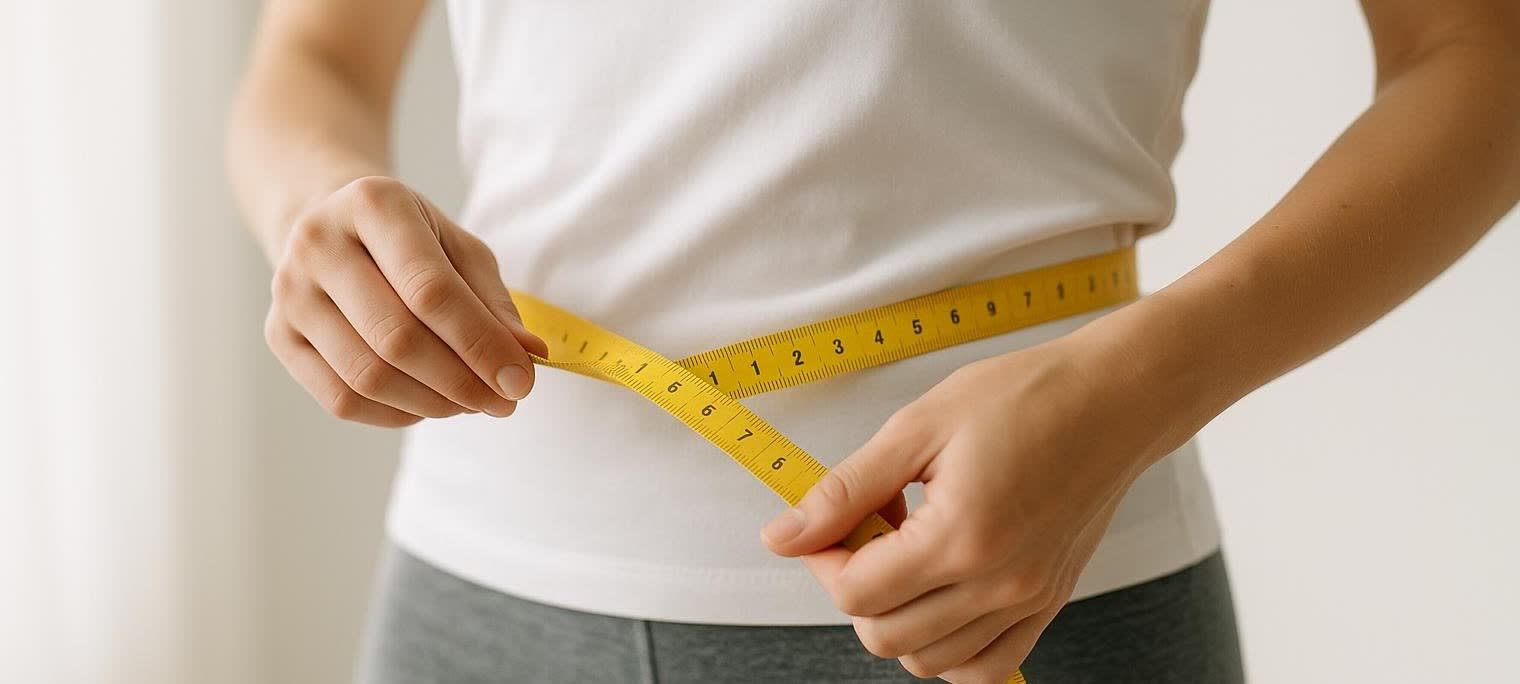
Body Roundness Index (BRI): A Geometry-Based Alternative to BMI
Quick definition: The Body Roundness Index (BRI) is a geometry-based equation that converts your waist circumference and height into a single number that estimates overall and visceral body fat.
Ever looked at your BMI and thought, “This can’t be the whole story”? You’re not alone.
The Body Roundness Index is an emerging alternative that uses simple tape-measure numbers—your waist and your height—to sketch a quick “ellipse” of your torso. That shape contains surprisingly rich clues about body fat, visceral fat (VAT), and long-term health risk.
In this guide you’ll learn:
- What BRI is and where it came from.
- How to easily calculate your BRI score.
- How to interpret your score using research-backed risk thresholds.
- How BRI stacks up against BMI, ABSI, and waist-to-height ratio.
- The limitations of BRI and why DEXA is the gold standard for accuracy.
- Pro tips for accurate waist measurements and next steps to take.
1. BRI in Plain English
Body Roundness Index was introduced in 2013 by mathematician Diana Thomas, PhD, who imagined the body as a vertical ellipse, offering a shape-based model unlike BMI’s simple mass-to-height calculation. By plugging your waist circumference (the ellipse’s width) and your height (its length) into a geometric equation, you get a single number that reflects how round your midsection is.
Why does “roundness” matter? Because abdominal fat—especially visceral fat (VAT) wrapped around your organs—tracks more closely with heart disease, type 2 diabetes, and all-cause mortality than overall weight does. A higher BRI predicted these risks better than BMI in the original 2013 study and was later confirmed in a 2024 JAMA investigation.
If BMI is a grainy black-and-white snapshot, BRI is a sharper, color photo of your metabolic health.
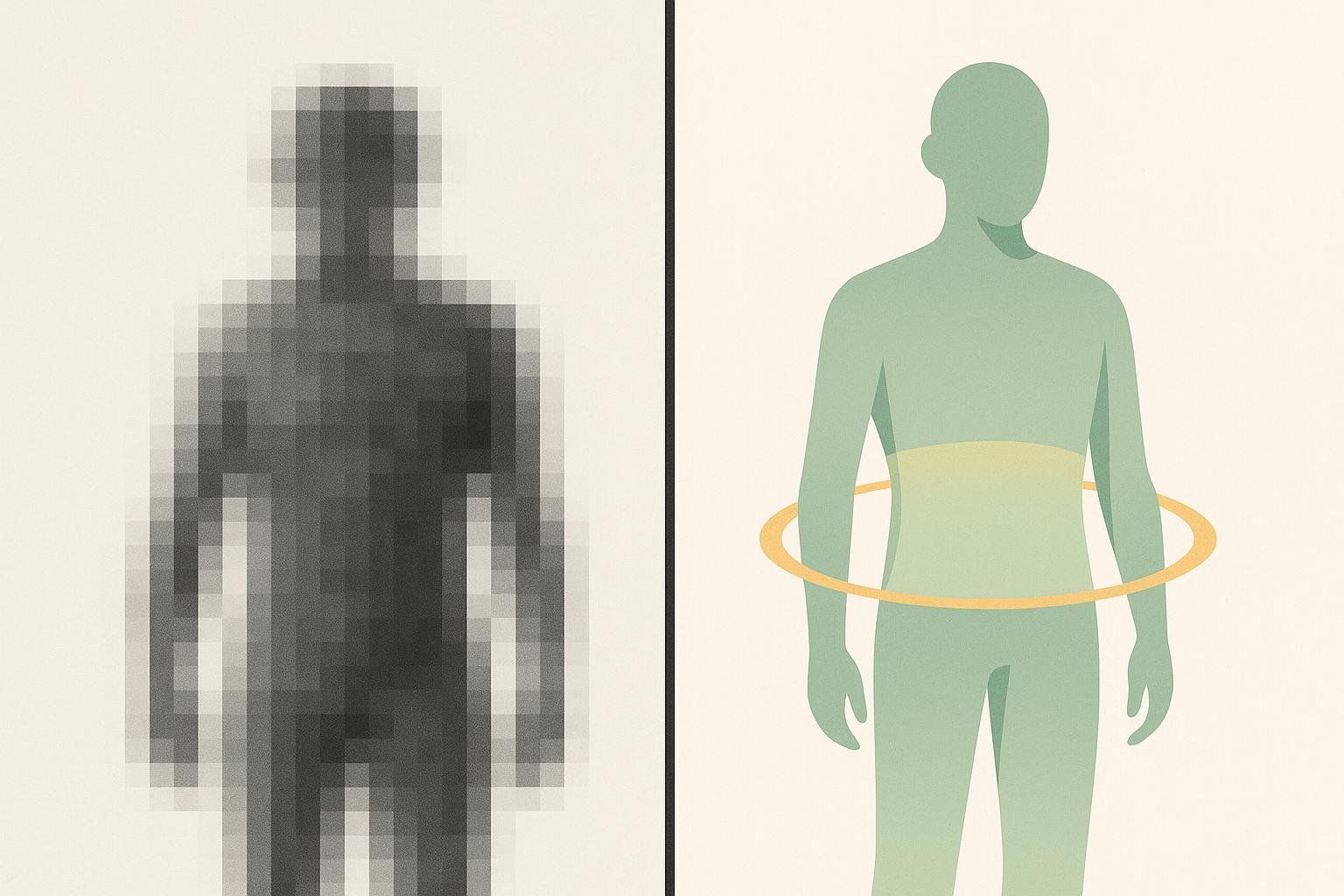
2. How to Calculate BRI (Step-by-Step)
You only need two tape-measure numbers:
- Height (h)
- Waist circumference (WC)
BRI’s formula uses centimeters, but most U.S. tapes read inches. No problem—just multiply inches by 2.54 to convert to centimeters (e.g., 70 in × 2.54 = 178 cm). Many online calculators will handle either unit automatically.
| Step | Formula | What It Means |
|---|---|---|
| 1 | r = WC / (2 × π) | Turns your waist into a radius |
| 2 | k = 0.5 × h | Half your height is the ellipse’s semi-major axis |
| 3 | e = √(1 − (r / k)²)e = SQRT(1 - (r / k)^2) | Calculates the ellipse’s eccentricity |
| 4 | BRI = 364.2 − 365.5 × e | Converts eccentricity to a 1–16 scale |
Quick Example
Height: 67 in (→ 170 cm)
Waist: 37 in (→ 94 cm)
r = 94 / (2π) ≈ 15.0 cmk = 0.5 × 170 = 85 cme = SQRT(1 - (15.0/85)^2) ≈ 0.984BRI = 364.2 - 365.5 × 0.984 ≈ 4.24
A score of 4.2 sits in the Average band (see next section).
Copy-Paste Python Snippet (accepts inches or cm)
import math
def bri(height, waist, inches=True):
"""height & waist in inches by default; set inches=False for cm."""
if inches:
height *= 2.54
waist *= 2.54
r = waist / (2 * math.pi)
k = 0.5 * height
e = math.sqrt(1 - (r / k) ** 2)
return round(364.2 - 365.5 * e, 2)
print(bri(67, 37)) # -> 4.24
Prefer spreadsheets? Make a copy of this Google Sheets template and let the formulas do the work.
3. How to Read Your BRI Score
Large observational studies of 33,000 U.S. adults found a U-shaped curve: both very low and very high BRI scores carried higher mortality risk.
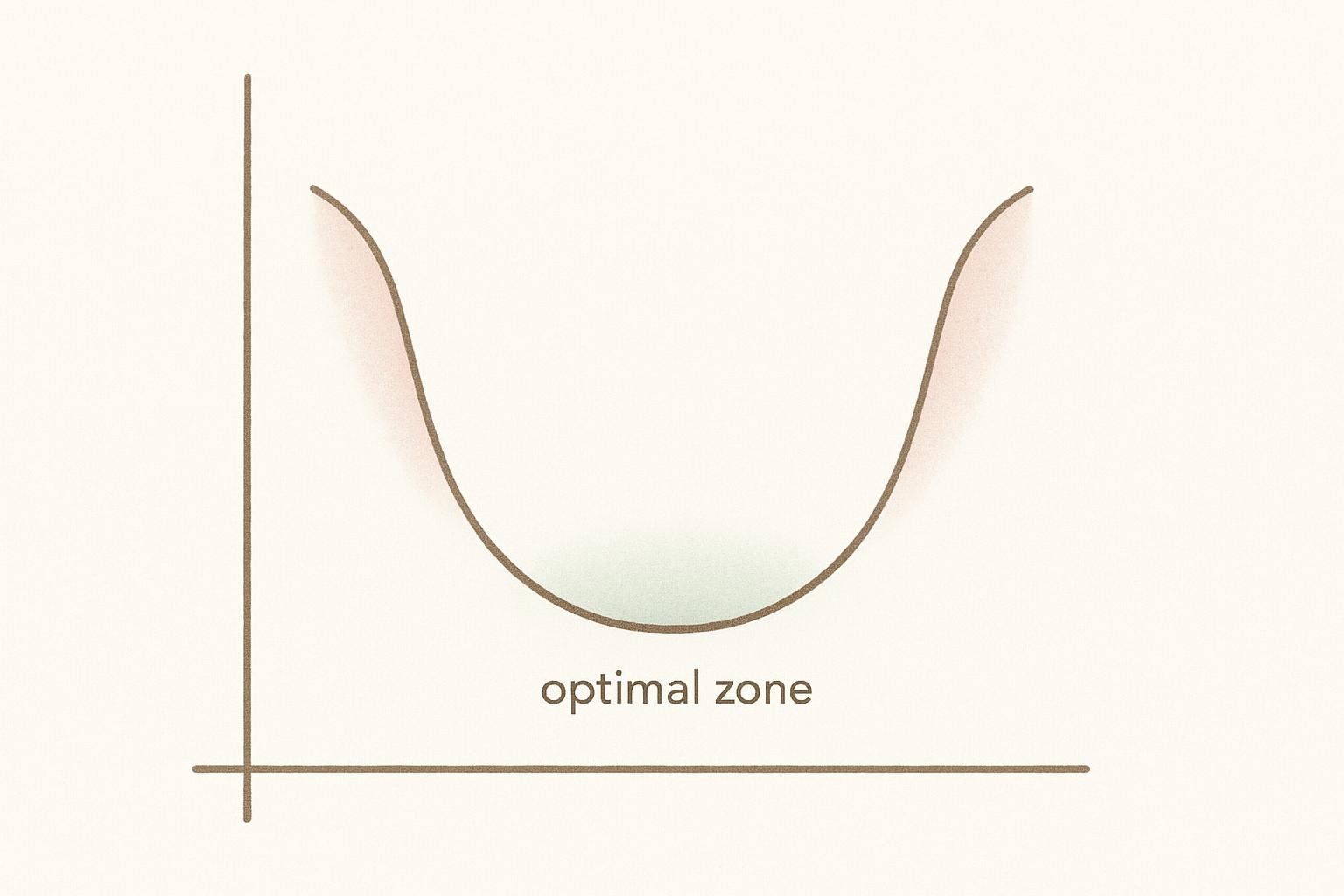
| BRI | Category | Mortality Risk* |
|---|---|---|
| < 3.4 | Narrow / under-fat | 1.25 × higher |
| 3.4 – 4.4 | Lean (Reference — Lowest) | — |
| 4.5 – 5.5 | Average | ≈ 1.08 × higher |
| 5.6 – 6.8 | Overweight | 1.18 × higher |
| ≥ 6.9 | Round / central obesity | 1.49 × higher |
*Hazard ratios relative to the Lean reference group; adapted from Zhang et al., 2024.
4. BRI vs. Other Popular Indices
| Metric | Inputs | What It Captures | Big Wins | Blind Spots |
|---|---|---|---|---|
| BMI | Height, weight | Overall mass | Easy to get | Can’t see body composition |
| Waist-to-Height Ratio (WHtR) | Height, waist | Central fat | Simple fraction | Lacks scaled risk bands |
| ABSI | Waist, height, weight | Body-shape anomaly | Good mortality predictor | Math heavy |
| BRI | Height, waist | Body roundness & VAT proxy | Visual “ellipse,” U-curve risk data | May be skewed by non-fat abdominal mass (e.g., athletes) |
Imagine two people of equal scale weight: a powerlifter and a sedentary person. BRI swaps the scale for a waist tape, accurately accounting for the lifter’s dense muscle mass while flagging the sedentary person’s visceral fat.
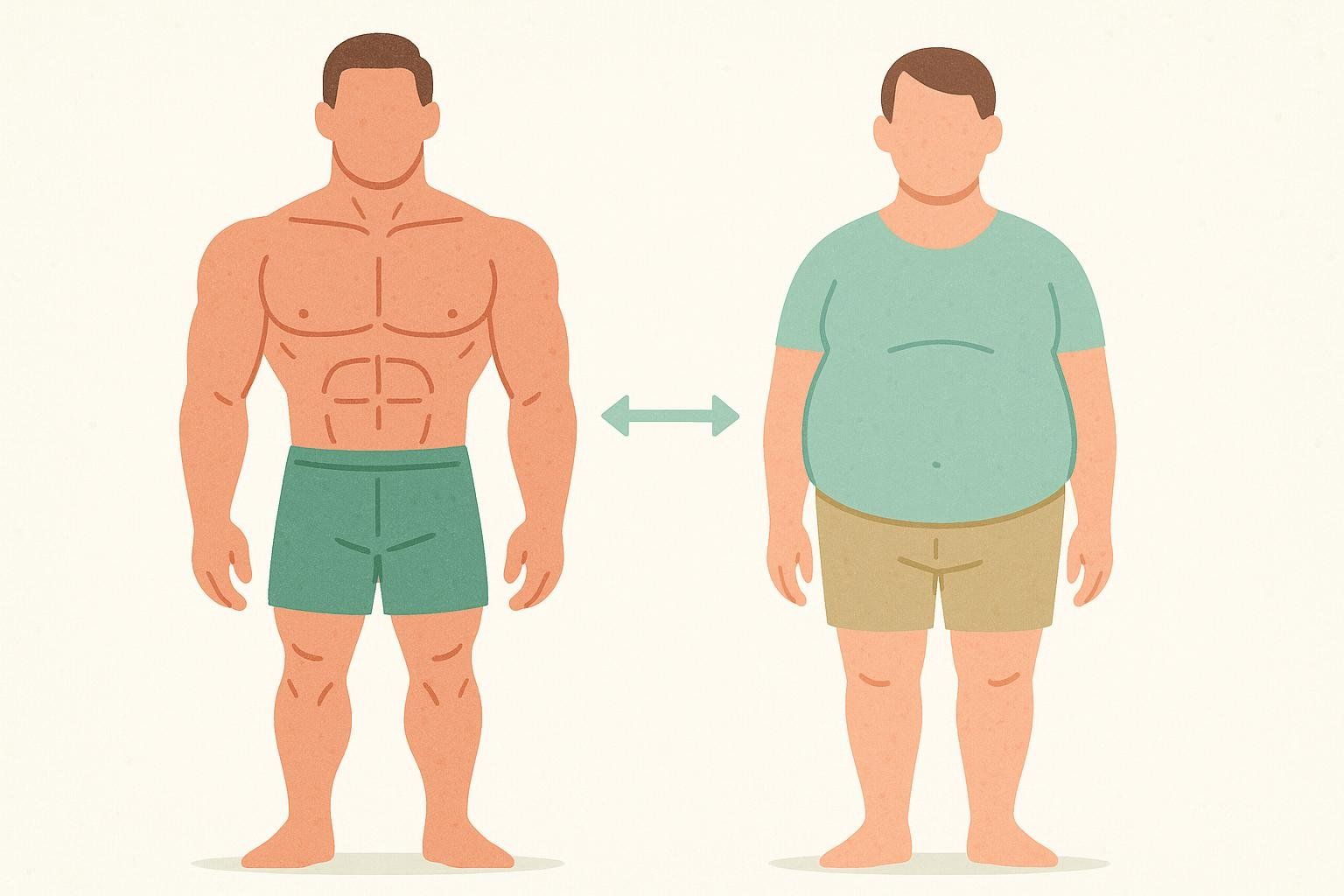
Learn more about why BMI fails to measure visceral fat.
5. DEXA: The Gold Standard for Body Composition
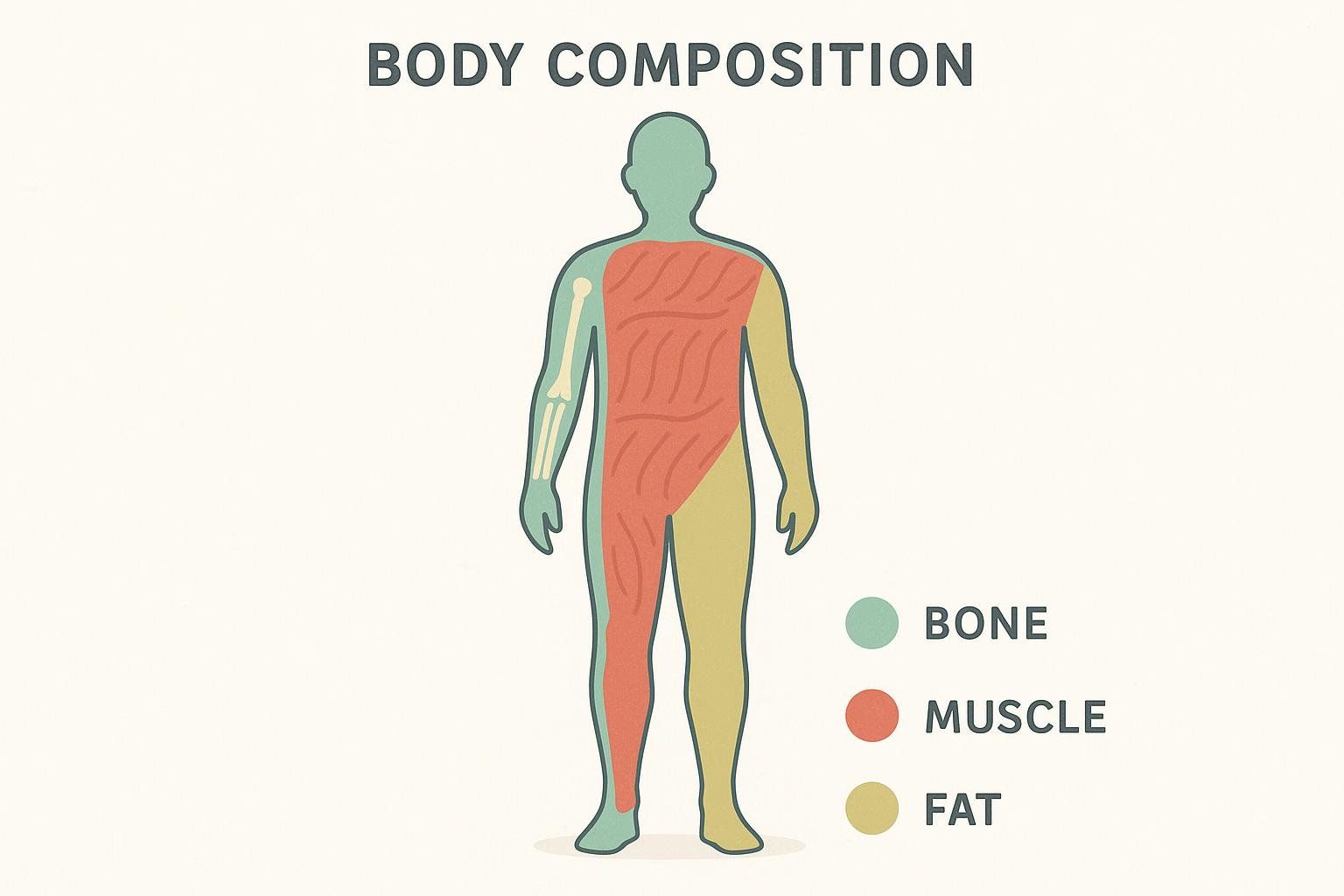
While BRI offers a smarter snapshot than BMI, it still relies on indirect surface measurements. A DEXA (dual-energy X-ray absorptiometry) scan directly quantifies:
- Total and regional body fat percentage
- Visceral adipose tissue (VAT) in grams and volume
- Lean mass distribution, including muscle imbalances
- Bone mineral density
That means you see exactly where fat is hiding and how much muscle you’re building—no geometry guesses required. If pinpoint accuracy matters (for example, monitoring visceral-fat reduction during a weight-loss program), schedule a scan at one of BodySpec’s mobile clinics.
Learn more about understanding DEXA scans or compare BMI vs. DEXA.
6. Measurement Matters: How to Nail Your Waist Circumference
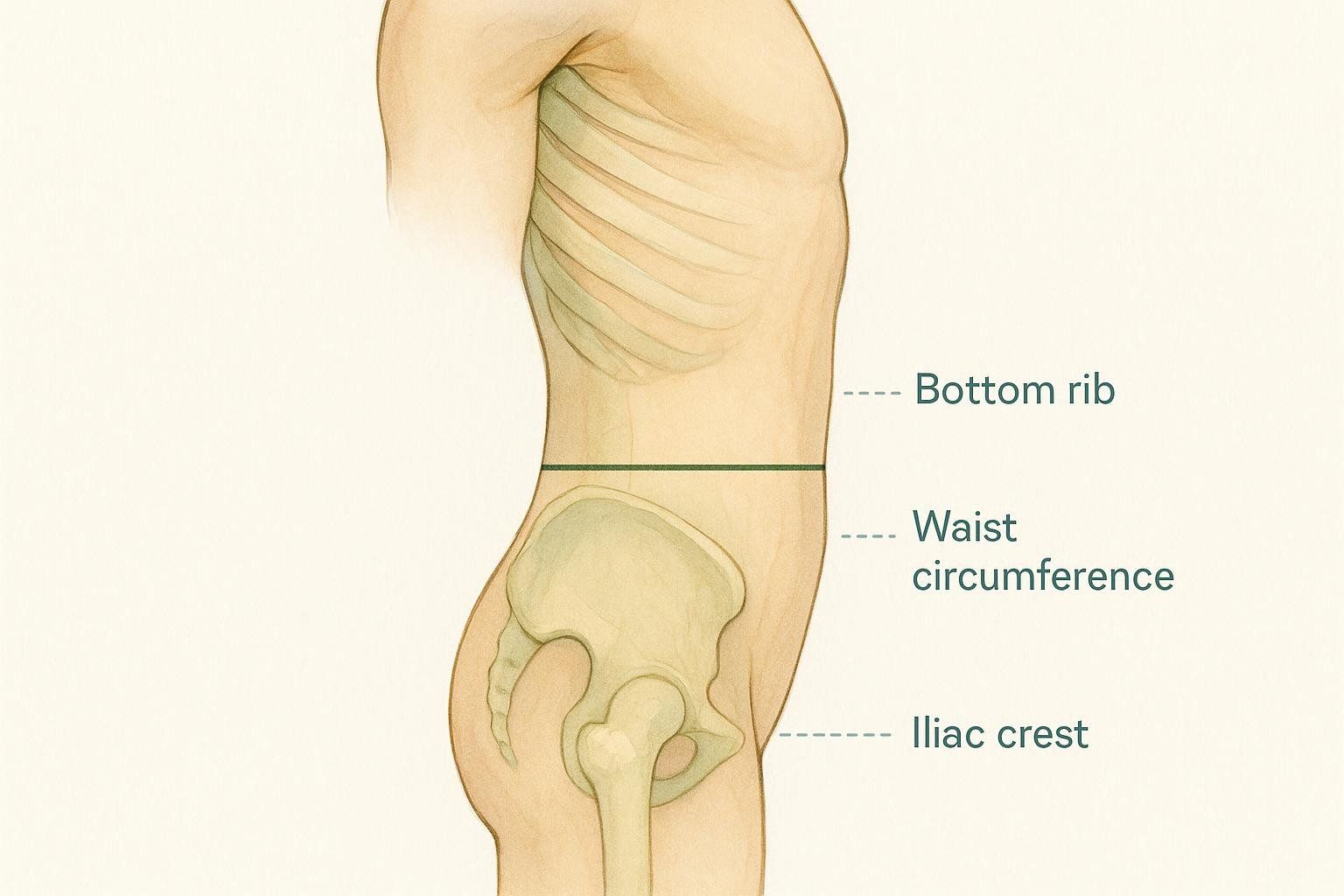
- Place the tape horizontally midway between your lowest rib and the top of your iliac crest (hip bone).
- Keep the tape snug but not compressing the skin—avoid pulling tight on soft tissue.
- Exhale normally and relax your abdomen; don’t suck in.
- Take at least two readings; if they differ by > 0.5 cm (≈ 0.25 in), measure a third and average.
Pro tip: Ask a friend or use a mirror—twisting to read the tape can shrink or inflate the number.
7. Turning Numbers into Action
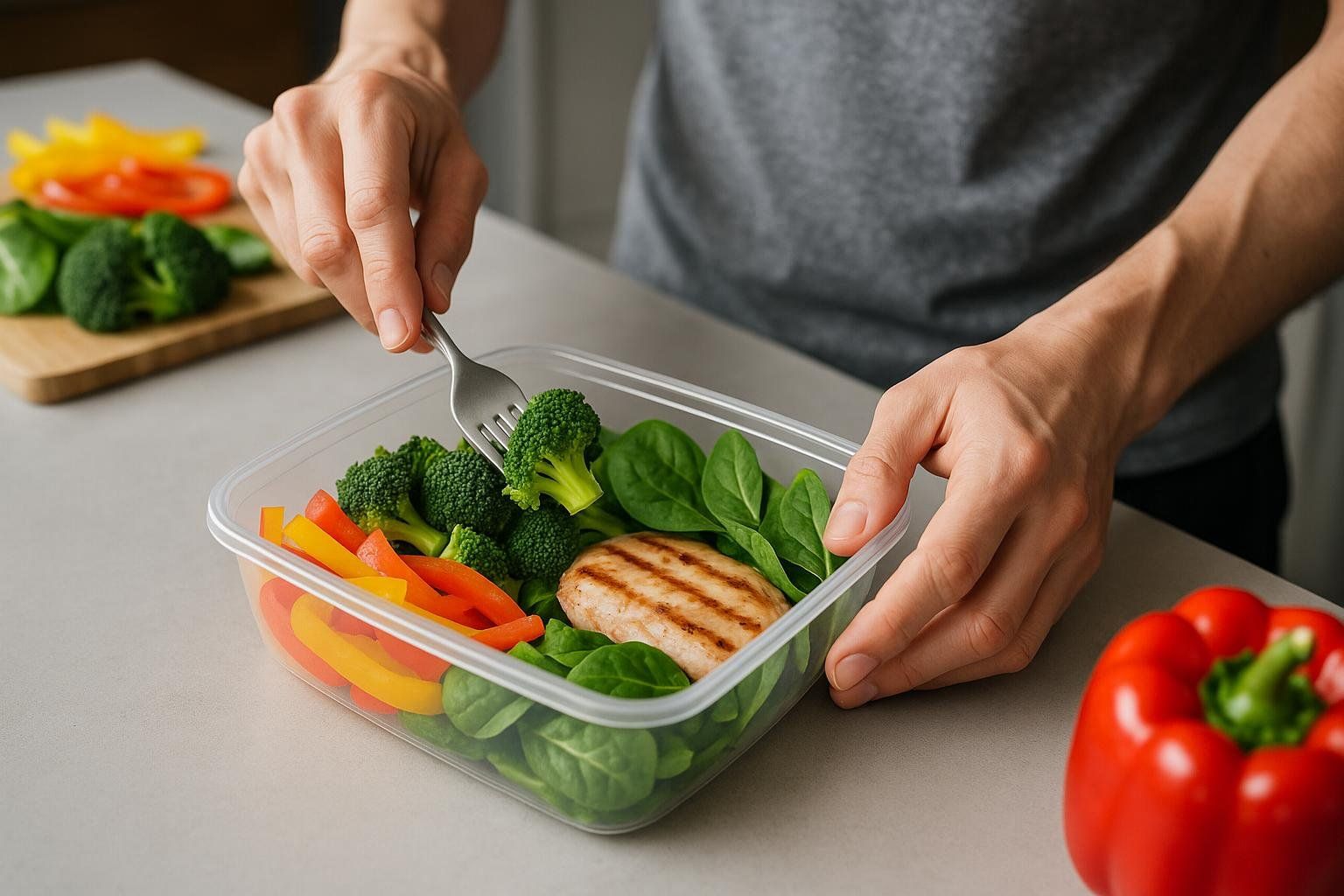
- Lean or Average (BRI 3.4 – 5.5): Maintain healthy habits and consider a DEXA body-composition scan to benchmark muscle-to-fat balance.
- Overweight (BRI 5.6 – 6.8): Emphasize protein intake, incorporate regular strength-training sessions, and limit added sugars. The American Heart Association recommends keeping added sugars below 10% of total calories.
- Round / Central Obesity (BRI ≥ 6.9): Schedule a visceral-fat scan and follow the roadmap in Central Obesity: Definition, Measurement, and Health Risks.
- Apple-shaped body? Explore our Apple-Shaped Body Blueprint for tailored workout tips.
Remember, BRI is a screening tool, not a diagnosis. Pair it with gold-standard imaging like DEXA, blood panels, and guidance from your healthcare provider.

8. Frequently Asked Questions (FAQ)
What is the normal Body Roundness Index?
Population studies show the lowest mortality risk at BRI values between 3.4 and 5.5. That range is considered “normal” for most adults.
What BRI is too low?
Scores below 3.4 fall into the under-fat band and have been linked to a 25% higher all-cause mortality risk compared with the lean reference group.
Is BRI more accurate than BMI?
For predicting cardiometabolic risk, yes. Research consistently finds BRI outperforms BMI because it focuses on abdominal fat rather than total body weight. However, neither beats a DEXA scan for raw accuracy.
Does BRI work for athletes?
Generally yes—because it ignores scale weight. However, ultra-lean athletes with large waists due to abdominal musculature may see slightly inflated BRI scores.
How often should I re-measure?
Every 4–6 weeks is plenty. Waist circumference can fluctuate day-to-day with hydration and GI contents.
Is there a children’s version?
Pediatric cut-offs are still under study. For now, use percentile charts specific to age and sex, or stick with waist-to-height ratio (where the goal is to have a waist circumference less than half your height) until more data emerge.
Key Takeaways
- BRI bridges the gap between simplistic BMI and high-tech imaging by translating waist + height into a geometry-based risk score.
- Scores below 3.4 or above 6.9 flag higher mortality risk—in different ways.
- Accurate tape measurements are everything; re-check technique before re-checking numbers.
- DEXA scans provide the most precise view of fat, muscle, and bone—use BRI to screen, DEXA to confirm.
Book a BodySpec DEXA scan today.
Want to go deeper? Read our guide on how to lose visceral fat.
